Fix the USB 3.0 External Hard Drive Not Recognized Issue in Windows 10
- Home
- Support
- Tips Data Recovery
- Fix the USB 3.0 External Hard Drive Not Recognized Issue in Windows 10
Summary
Address the "usb 3.0 external hard drive not recognized in windows 10" problem. Explore causes and remedies in this comprehensive guide.
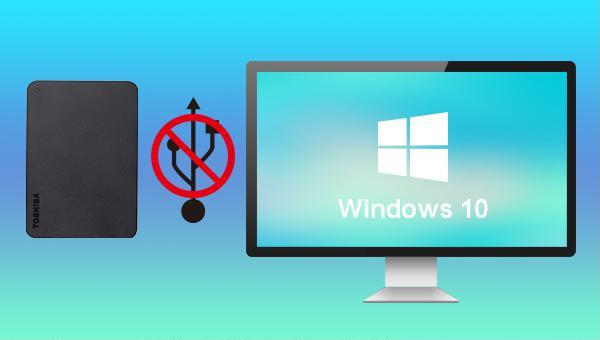
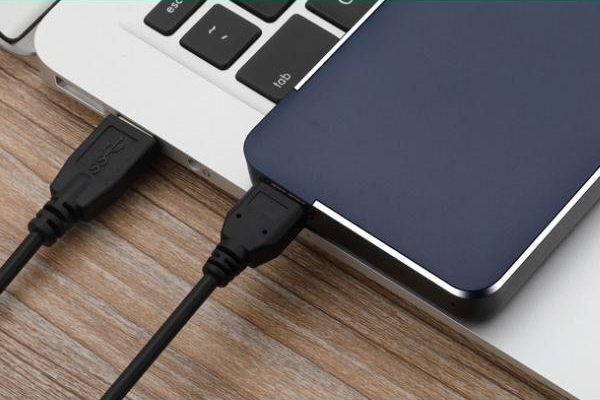

Easy to use Recover data by 3 steps;
Multiple scan modes Fast partition scan, whole partition scan and whole disk scan;
Supported file types Image, video, audio, text, email and so on;
Image creation Create a partition image to read and back up data;
Supported devices SD card, SDHC, SDXC, USB flash drive, hard disk and computer.
Easy to use Recover data by 3 steps;
Multiple scan modes Fast partition/whole partition/whole disk scan;
Supported devices SD card/USB/hard disk.
Free TrialFree TrialFree Trial 800 people have downloaded!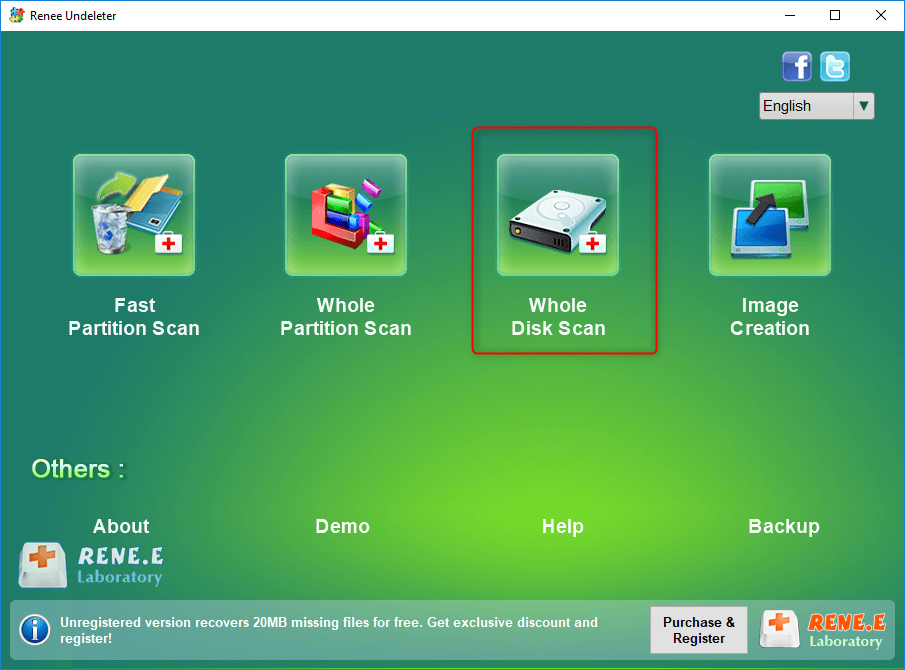
- Fast Partition Scan – Quickly retrieve files lost due to accidental deletion or emptying the recycle bin.
- Whole Partition Scan – Quickly recover files lost due to inaccessible or formatted partitions.
- Whole Disk Scan – Analyze and get partition information and perform a full scan of the entire partition.
- Image Creation – You can create a mirror image for a partition to back up the current partition state.
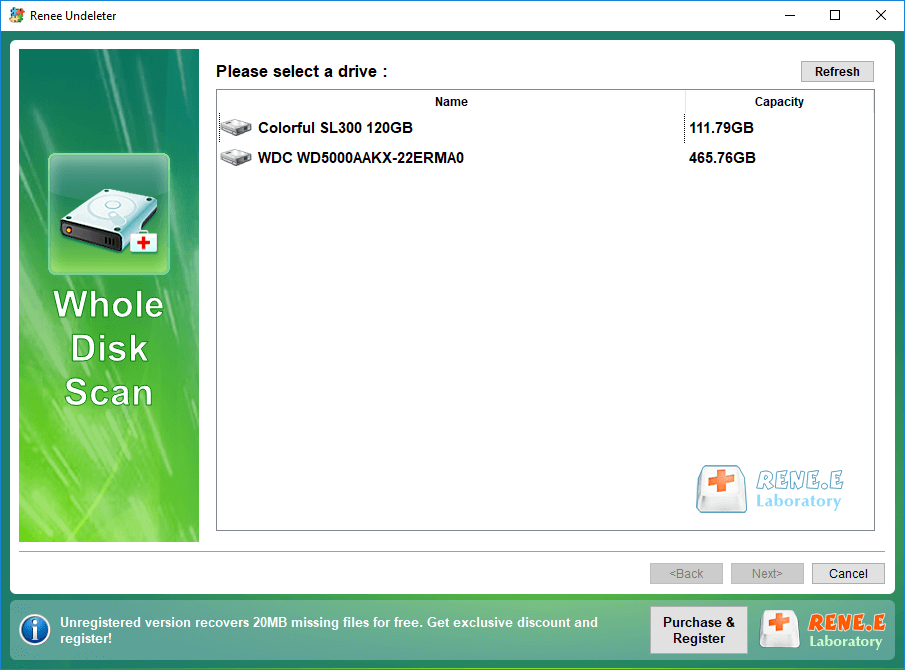

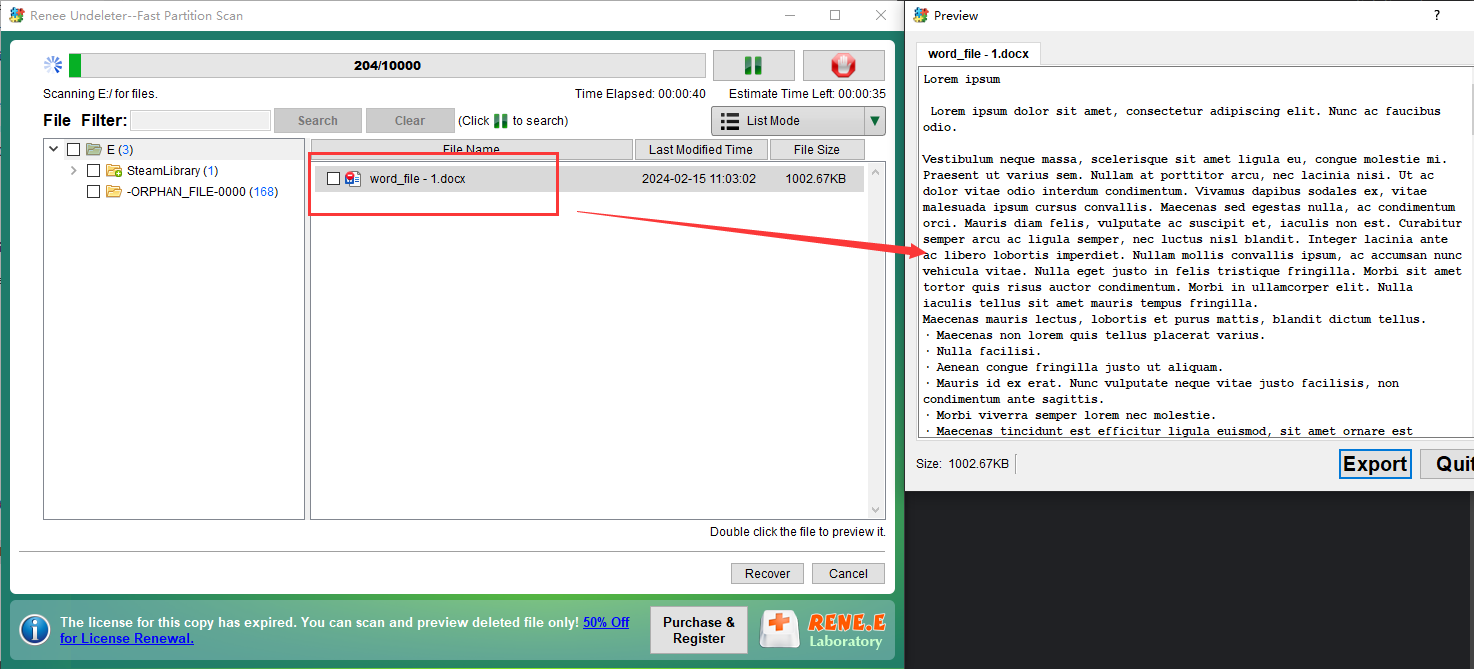
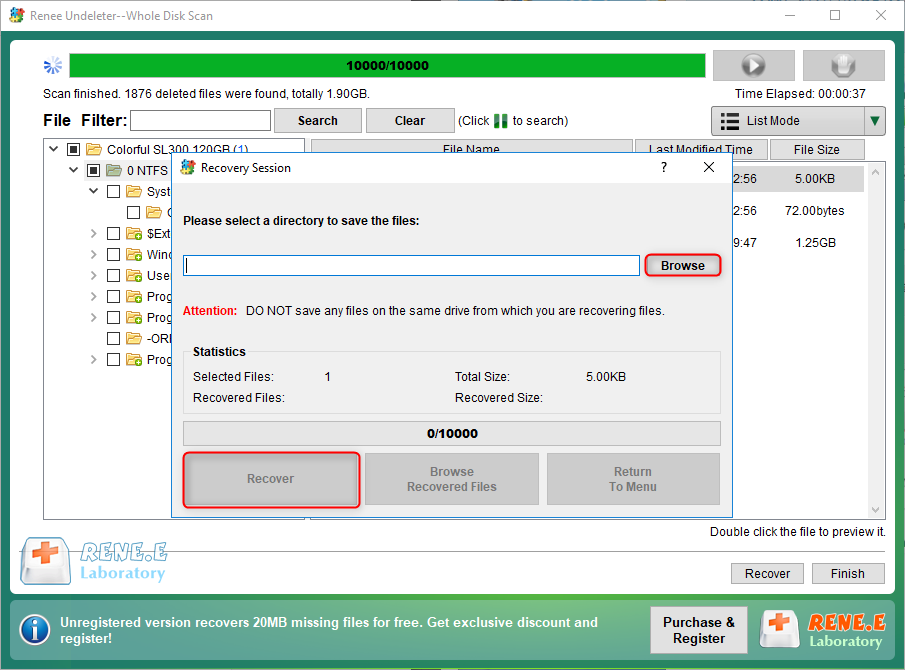
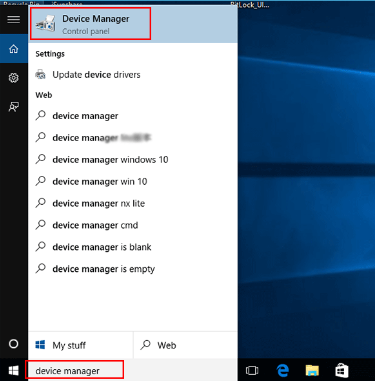
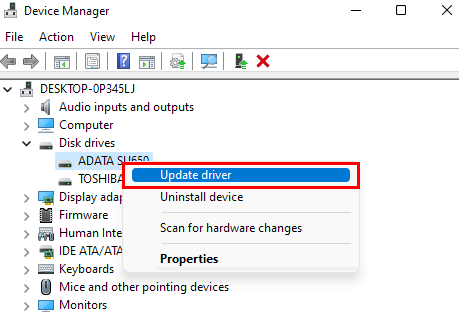

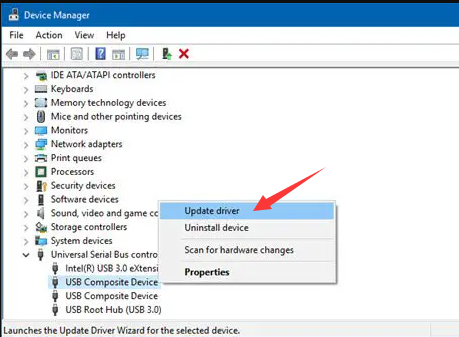
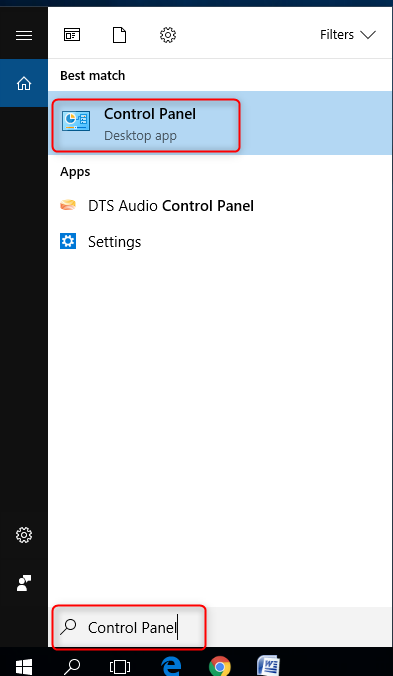
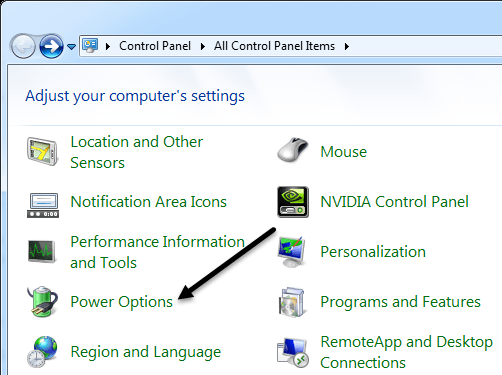
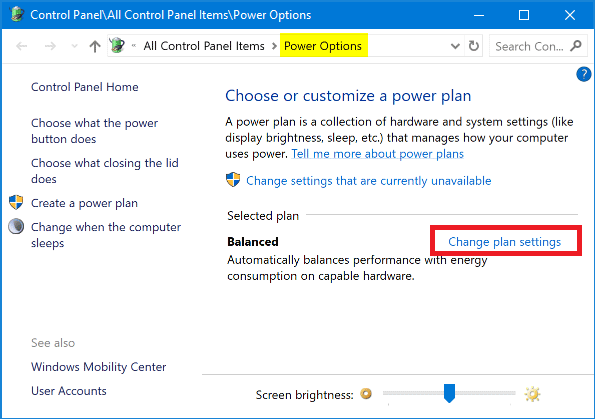
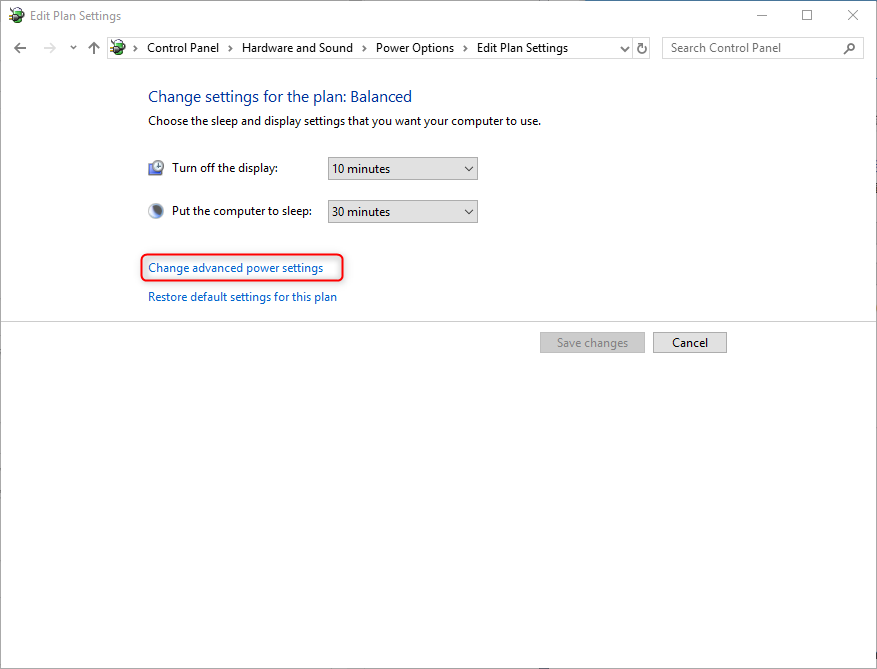
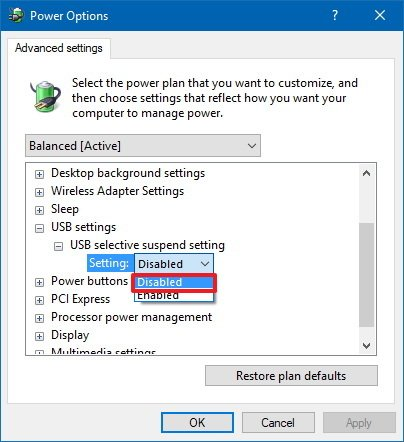
Relate Links :
Hard Drive Data Recovery on Mac: Recommended Solutions
24-04-2024
John Weaver : Learn effective solutions for Mac hard drive recovery from accidental deletions, disk failures, or disruptions in our comprehensive...
Top Data Recovery Software for Hard Drives
07-06-2024
Jennifer Thatcher : Discover top hard drive data recovery software tailored to various needs, preventing data loss and restoring deleted files...
How To Recover Data from A Hard Drive That Won't Boot: Ultimate Guide
07-06-2024
Ashley S. Miller : Learn how to recover files from a hard drive that wont boot and access critical files when the...
How To Recover Data from a Formatted Hard Drive?
19-02-2024
Ashley S. Miller : Discover the process of retrieving data from an accidentally formatted hard drive using expert data recovery software. Stay...
- I. What are the reasons why Windows 10 cannot recognize the USB 3.0 mobile hard disk?
- II. What are the methods to quickly solve the problem that Windows 10 cannot recognize the USB 3.0 mobile hard disk?
- 1. Use Renee Undeleter to extract/recover mobile hard disk data
- 2. Uninstall the device and reconnect the mobile hard disk
- 3. Reinstall the USB controller
- 4. Disable USB selective suspend setting




